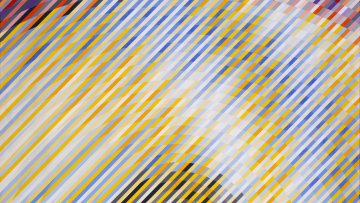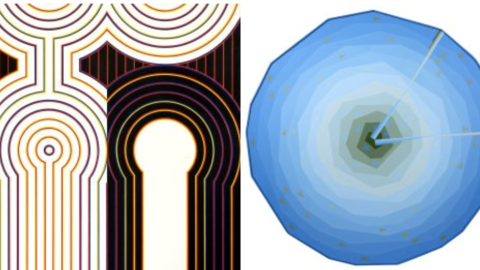15:00
15:00
Apologies for not updating new starters recently.
November new starters:
James Harris, Industry Engagement Officer: S0.16
Sadok Jerad, PDRA in Mathematical Foundations of Data Science, Topology: S2.29
Torkel Loman, PDRA in Data-Driven Modelling of Collective Cell Behaviour, Mathematical Biology: S4.04
December new starters:
Tessa Bonilha: Project Manager: S0.19
Bridging Classical and Modern Computer Vision: PerceptiveNet for Tree Crown Semantic Segmentation
Abstract
The accurate semantic segmentation of individual tree crowns within remotely sensed data is crucial for scientific endeavours such as forest management, biodiversity studies, and carbon sequestration quantification. However, precise segmentation remains challenging due to complexities in the forest canopy, including shadows, intricate backgrounds, scale variations, and subtle spectral differences among tree species. While deep learning models improve accuracy by learning hierarchical features, they often fail to effectively capture fine-grained details and long-range dependencies within complex forest canopies.
This seminar introduces PerceptiveNet, a novel model that incorporates a Logarithmic Gabor-implemented convolutional layer alongside a backbone designed to extract salient features while capturing extensive context and spatial information through a wider receptive field. The presentation will explore the impact of Log-Gabor, Gabor, and standard convolutional layers on semantic segmentation performance, providing a comprehensive analysis of experimental findings. An ablation study will assess the contributions of individual layers and their interactions to overall model effectiveness. Furthermore, PerceptiveNet will be evaluated as a backbone within a hybrid CNN-Transformer model, demonstrating how improved feature representation and long-range dependency modelling enhance segmentation accuracy.
The Mathematical Institute is delighted to be hosting a major exhibition of artist Kathleen Hyndman's mathematically inspired work.
The exhibition of drawings and paintings illustrate Hyndman’s desire to see nature and the world around her in mathematical sequences and geometrical patterns. Golden Section proportions and angles, prime numbers as well as Fibonacci numbers and eccentric constructions are all used to create works achieving a calm and balanced unity.
Nonlinear dynamics of passive and active particles in channel flows
Abstract
The motion of a particle suspended in a fluid flow is governed by hydrodynamic interactions. In this talk, I will present the rich nonlinear dynamics that arise from particle-fluid interactions for two different setups: (i) passive particles in 3D channel flows where fluid inertia is important, and (ii) active particles in 3D channel flows in the Stokes regime (i.e. without fluid inertia).
For setup (i), the particle-fluid interactions result in focusing of particles in the channel cross section, which has been exploited in biomedical microfluidic technologies to separate particles by size. I will offer insights on how dynamical system features of bifurcations and tipping phenomena might be exploited to efficiently separate particles of different sizes. For setup (ii), microswimmers routinely experience unidirectional flows in confined environment such as sperm cells swimming in fallopian tubes, pathogens moving through blood vessels, and microrobots programed for targeted drug delivery applications. I will show that our minimal model of the system exhibits rich nonlinear and chaotic dynamics resulting in a diverse set of active particle trajectories.



